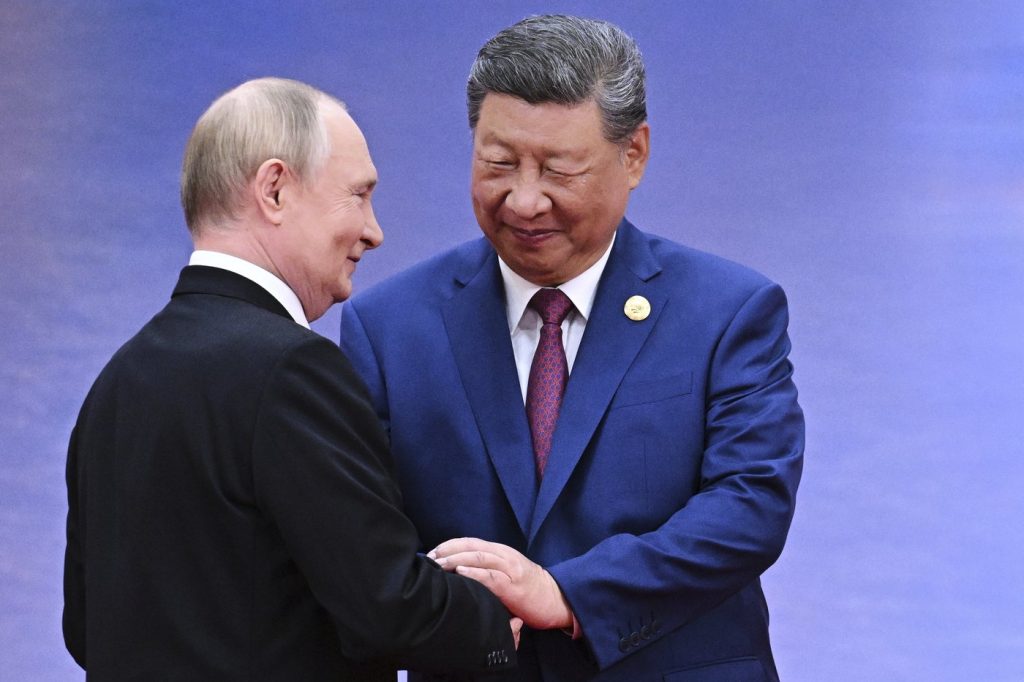FRANKFURT, Germany — The CEO of Gazprom, Russia's state-owned gas company, has announced a deal to construct the Power of Siberia 2 pipeline to China. However, this announcement raises numerous questions regarding the specifics of the agreement, including financing and pricing.
The Power of Siberia 2 project aims to compensate for the loss of revenue Russia has experienced due to its conflict with Ukraine. Historically, the country has relied on exporting natural gas to Europe for substantial profits. This new pipeline would transport gas from western Siberia, traversing over 6,700 kilometers (4,163 miles) through Mongolia to reach China, marking a significant shift in Russia's energy export strategy.
Currently, with the European Union planning to cut down its gas imports from Russia by 2027 in response to the ongoing war, the new pipeline presents a crucial opportunity for Russia to find a substantial new customer. The pipeline is projected to carry 50 billion cubic meters of gas annually, which pales in comparison to the approximately 180 billion cubic meters that Russia previously supplied to Europe. This indicates that the new pipeline will only partially offset the financial losses incurred from diminished sales to European nations.
The announcement of the project coincided with a meeting between Russian President Vladimir Putin and Chinese President Xi Jinping, signaling the strengthening of ties between Moscow and Beijing in the face of U.S. foreign policy. Despite the seemingly significant nature of the deal, key details such as gas pricing and financing have yet to be established, casting doubt on the project's viability.
Analysts highlight that the deal primarily serves to demonstrate Russia and China's heightened collaboration while also presenting a counter to U.S. liquefied natural gas (LNG) supplies. China, facing tariffs on U.S. LNG due to trade disputes, has begun sourcing LNG from Russia despite sanctions, further illustrating its growing energy partnership with Moscow.
While Gazprom’s announcement reflects progress, experts caution that substantial uncertainties remain. Notably, discussions regarding pricing have been sluggish, with China reportedly seeking lower rates, complicating the agreement. Observers note that this situation places China in a dominant position in the negotiations, allowing it to leverage its multiple sources of gas imports to its advantage.
A significant question arises concerning whether China actually needs another fossil fuel pipeline like Power of Siberia 2. Analysts from the Oxford Energy Institute have raised doubts, suggesting that China may not deem the pipeline essential, especially in light of its commitment to reducing carbon emissions and moving away from coal. The country's future energy needs remain increasingly complex, with factors such as renewable energy adoption and advancements in battery storage technologies influencing demand dynamics.
Ultimately, while the Power of Siberia 2 pipeline may signify a strategic move for Russia in redirecting its energy exports toward Asia, the surrounding uncertainties and China's bargaining power may limit its potential impact. The situation illustrates the broader geopolitical contest between Russia, China, and Western nations, highlighting the dynamic shifts occurring in global energy markets.










